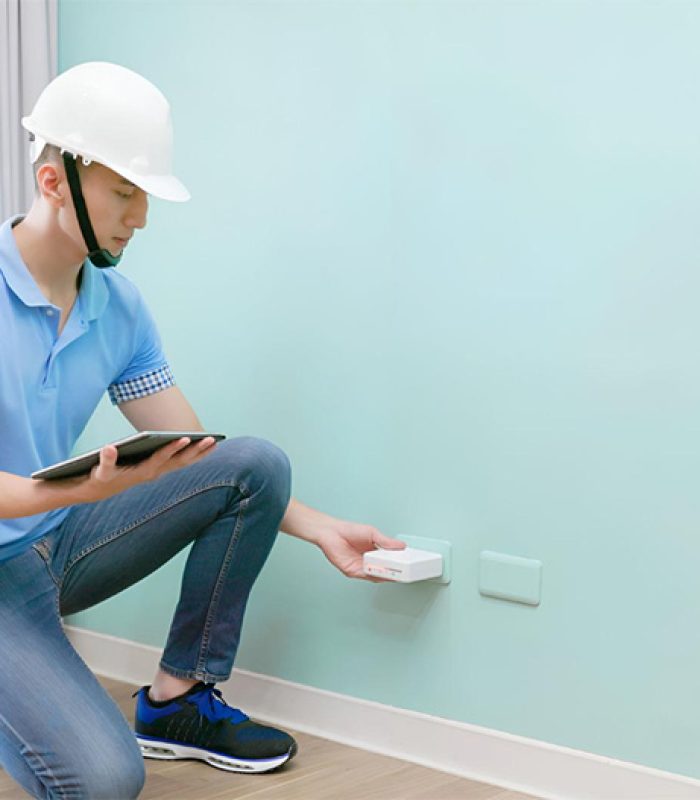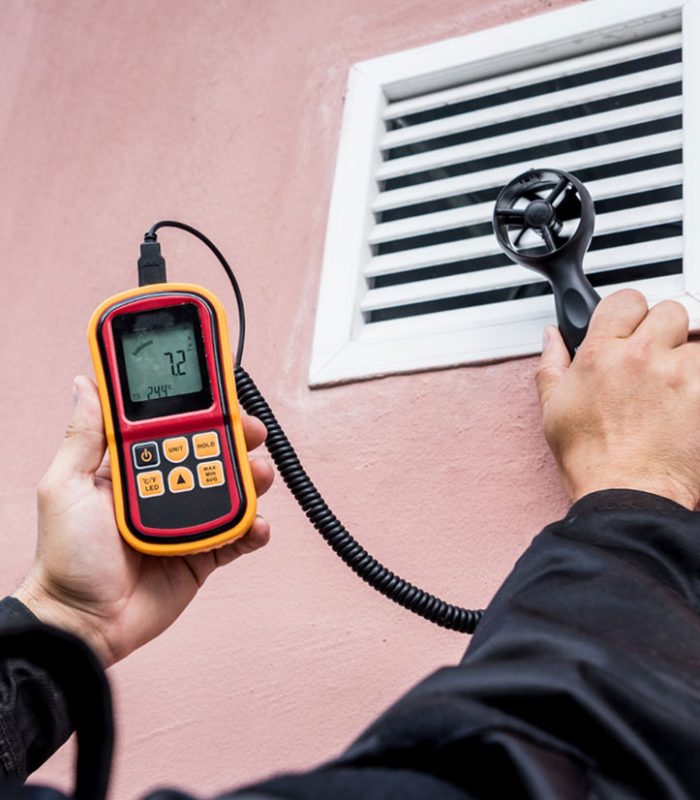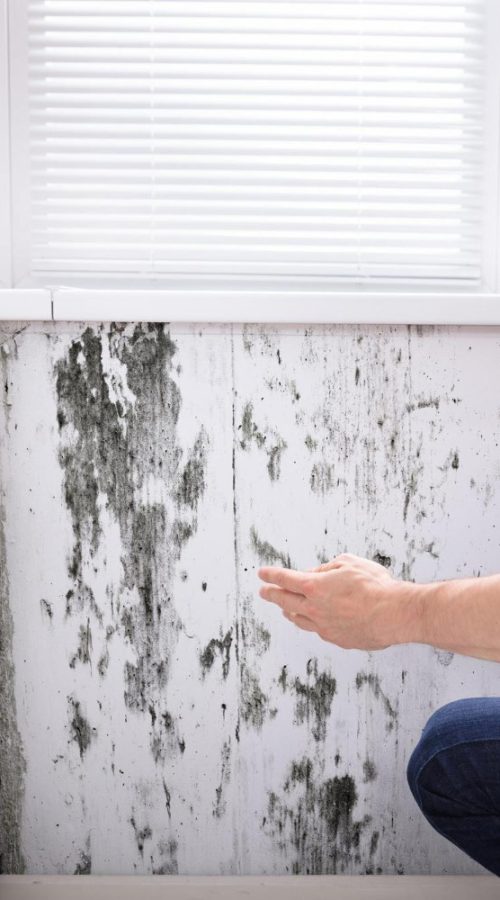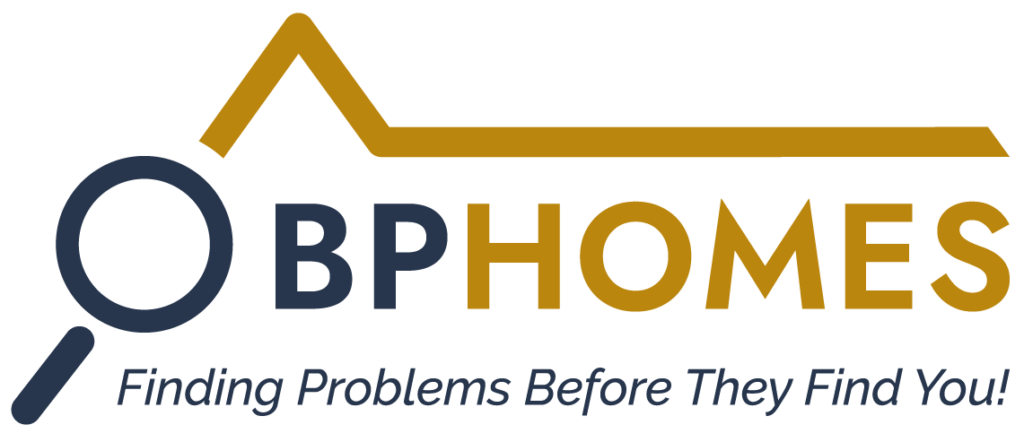Flooring Inspection
Your floor is more than just a surface — it’s the foundation of your daily comfort, safety, and design. At BPHomes, our flooring inspection service is designed to uncover issues you might not see but definitely feel. From surface cracks to moisture damage and uneven leveling, we make sure your flooring is built to last.
Overview Service
Why Get a Flooring Inspection?
Flooring damage is often hidden beneath finishes and furnishings — until it’s too late.
Improper installation, water seepage, or weakened joints can lead to cracking, swelling, and structural imbalance.
Minor surface flaws may be indicators of deeper construction or material issues.
In high-traffic homes or those with children or elderly, safe flooring is a must-have — not a luxury.

Service Benefits
Benefits of BPHomes Flooring Inspection
- Ensure Long-Term Durability: Identify early signs of wear, cracks, and loose sections.
- Prevent Water Damage: Detect hidden leaks or humidity effects in bathroom and kitchen floors.
- Safety First: Catch sharp edges, slipperiness, or protrusions that may lead to injury.
- Protect Investment: Get clarity on whether your flooring needs repair, replacement, or maintenance.
- Peace of Mind: From wood to tile to carpet, we ensure the flooring you walk on is safe, strong, and soundproof.
What People Say
Client Testimonials
As a builder, getting an independent inspection helped us catch issues we hadn’t noticed before handover. Our clients were impressed by the transparency.


Contact Us
Schedule Your Inspection Today
Secure your investment with a professional home inspection from BPHomes. Contact us to schedule an appointment and take the first step toward a confident home-buying experience.


FAQs
Flooring inspections ensure safety, durability, and structural integrity, preventing hazards like tripping, mold growth, or foundational damage.
It’s recommended to inspect flooring every 1-2 years, especially in older homes or areas with heavy moisture exposure.
Cracks can result from foundation movement, temperature fluctuations, heavy impacts, or poor installation.
Creaking happens due to loose floorboards, humidity changes, or weak subflooring.
✔ Keep humidity levels below 50%
✔ Fix leaks immediately
✔ Use moisture-resistant underlayment
A sloping floor might indicate foundation issues. A professional inspection can determine if repairs are needed.
This happens when carpet installation is poor, or humidity levels fluctuate too much.
If minor, affected boards can be replaced, but severe damage requires full floor replacement.
Loose tiles need to be re-secured with adhesive or grout. If there’s an underlying issue, a professional should inspect it.
✔ Hardwood: 20-100 years
✔ Laminate: 10-30 years
✔ Tile: 50+ years
✔ Vinyl: 10-25 years
Small cracks are common but should be monitored for widening, which could indicate structural issues.
✔ Floor feels soft or bouncy
✔ Visible water stains on ceiling below
✔ Persistent creaking noises
Cold spots can indicate insulation issues, moisture problems, or air leaks.
✔ Tiles (best for kitchens & bathrooms)
✔ Luxury vinyl plank (LVP)
✔ Sealed concrete
✔ Control indoor humidity levels
✔ Avoid excessive water exposure
✔ Use proper sealing and finishing
✔ Non-slip vinyl
✔ Textured tiles
✔ Low-pile carpet for softness
If the damage is superficial (scratches, fading), refinishing is enough. If boards are warped or loose, replacement may be necessary.
An uneven floor could be a sign of foundation movement. A professional home inspection can help determine the cause.


